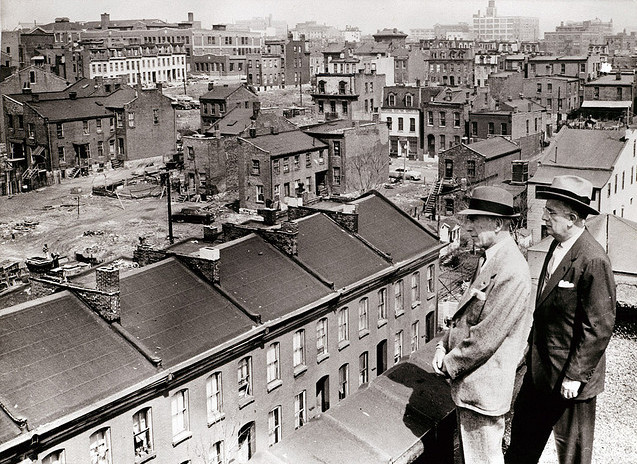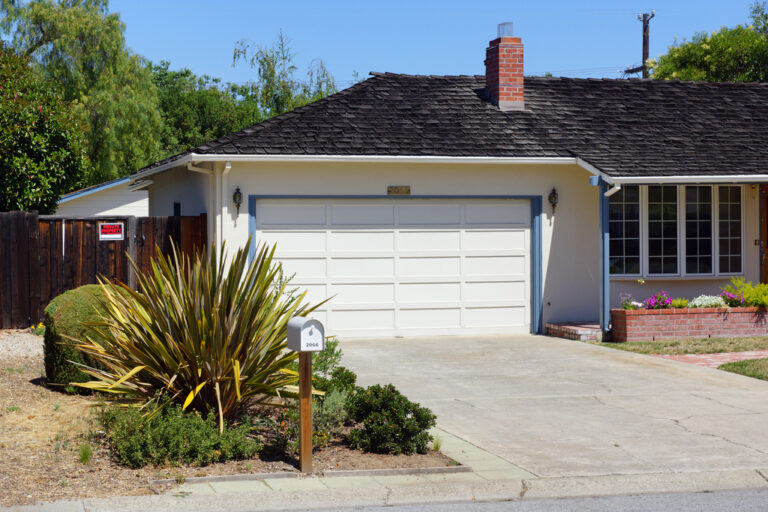Physical Address
304 North Cardinal St.
Dorchester Center, MA 02124
Physical Address
304 North Cardinal St.
Dorchester Center, MA 02124

Planners, like all professions, have their own useful mythologies. A popular one goes something like this: “Many years ago, us planners did naughty things. We pushed around the poor, demolished minority neighborhoods, and forced gentrification. But that’s all over today. Now we protect the disadvantaged against the vagaries of the unrestrained market.” The seasoned—which is to say, cynical—planner may knowingly roll her eyes at this story, but for the true believer, this story holds spiritual significance. By doing right today, the reasoning goes, planners are undoing the horrors of yesterday. This raises the question: are planners doing right today? That’s not at all clear. Just ask Hinga Mbogo. After emigrating from Kenya, Mr. Mbogo opened Hinga’s Automotive in East Dallas in 1986. Mr. Mbogo’s modest business is precisely the kind of thing cities need, providing a service for the community, taxes for the city, and blue-collar jobs. While perhaps not of the “creative class,” Mr. Mbogo and his small business represent the type of creative little plan that cities cultivate and depend on. Hinga’s Automotive has thrived for 19 years and looked primed for another 19. Unfortunately for Mr. Mbogo, Dallas planners had other plans. In 2005, the city rezoned the area to prohibit auto-related businesses. While rezonings—particularly upzonings—aren’t necessarily a bad thing, Dallas planners opted to force their vision through and implemented a controversial planning technique known as “amortization.” Normally when planners rezone an area, they allow existing uses that run afoul of the new code to continue operating indefinitely. These are known as “non-conforming uses” and they’re common in neighborhoods across the country, often taking the form of neighborhood groceries, restaurants, and small industrial shops. Yet under amortization, the government forces non-conforming uses to cease operating without any compensation. In the case of Hinga’s Automotive, this means […]

When it comes to the impact autonomous cars will have on cities, there’s plenty of room for disagreement. Will they increase or decrease urban densities? Will they help with congestion or make it worse? At the same time, there seems to be widespread agreement on at least two things: First, far fewer people will own cars. Second, we are not going to need nearly as much parking. By combining the technology of autonomous cars with the business model of transportation network companies like Uber and Lyft, low-cost, on-demand ride-hailing and dynamic routing bus lines could eliminate the need to keep an unused car hanging around for most of the day. When that happens, we will need far fewer parking spaces, turning on-street parking into wider sidewalks and bike lanes and surface lots and parking ramps into residential and commercial uses. So how does the humble American residential garage fit into all this? On its face, the garage is little more than the sheltered parking space that comes with most single-family homes. Yet the garage holds a certain mythological status in the American psyche: It gave rise to iconic American brands like Disney, Harley Davidson, and Mattel. It offered a space in which the firms that would launch the digital economy could get their start, including HP and Apple. Google and Microsoft, which both started in garages, maintain “garage” work spaces to this day in order to cultivate innovation. By providing a flexible space in which knowledge, free time, and ambition can transform into entrepreneurial innovation, the garage has played a crucial role in the American economy. At least in the near term, garages are not going anywhere. Unlike municipal governments and large private landowners who will likely face immediate political and market pressures to retool their parking spaces, many homeowners are structurally stuck with their garages. Millions of garages could go unused, occasionally kept active by automobile hobbyists, most likely turning into de facto storage units. But it doesn’t have to be […]
Thanks to Bill Nelson for tipping me off to the article from The Villager (NYC): Retail rent control? A city councilmember planned to introduce a bill this week that will require small businesses and landlords to submit to arbitration in negotiating lease renewals if both parties can’t agree on a fair rent. The far-reaching measure, sought by Upper Manhattan Councilmember Robert Jackson and deemed by some as a form of commercial rent control, would set regulated increases not subject to landlords’ whims. The language of the proposed legislation — which mirrors a similar bill introduced in 1988 that fell one vote short of Council approval — looks to preserve small businesses in the current commercial landscape by prohibiting both short-term lease renewals and “rent gouging by greedy landlords.” According to the measure, lease renewals would be set at a minimum of 10 years unless otherwise agreed upon, and arbitration would only be triggered if either party disputes the law’s set rent-increase rates. Those rates, the proposed plan indicates, allow for no more than a 3 percent rent increase the first year; no more than a 15 percent increase by the last year of the lease over the previous lease; and no more than 3 percent incremental increases each year of the lease. The legislation would be applied on a case-by-case basis to all commercial tenants across the city, including manufacturing businesses, nonprofit organizations, performing arts and theater groups, retail establishments, service businesses and professional medical offices. When asked about the measure’s chances of success, Jackson’s chief of staff, Susan Russell, said she believes “the provisions are reasonable,” but acknowledged the language is subject to tweaking. “I think that this is something that’s worth sitting down at the table and talking about,” she added. Supporters claim that, in the current climate, […]